
«Jeg er gallerist, så hvor end jeg rejser hen, vil jeg have et galleri». Ordene er David Risleys og faldt i et interview, jeg lavede med ham, umiddelbart op til åbningen af hans første udstilling i København. Jeg udtrykte forsigtig undren over, at nogen kunne finde på at åbne et galleri i 2009, hvor finanskrisen hærgede på den københavnske kunstscene og andre steder lukkede på stribe. Dengang virkede Risley uforfærdet, sikker på kvaliteten af sit eget projekt, og det gør han sådan set også i dag, hvor vi mødes for at tale om, hvorfor han for nylig udsendte en længere, ganske personlig, pressemeddelelse om, hvorfor han har valgt at lukke det, der over de seneste ni år er vokset til et af de mest succesfulde gallerier i København.
Da David Risley for ni år siden åbnede på Bredgade i København havde han allerede kørt et galleri i East London igennem en årrække, men det var flytningen til København, hvor konkurrencen om de store navne var markant mindre, der gjorde det muligt for ham at introducere internationale navne som Dexter Dalwood og Jake & Dinos Chapman for et lokalt publikum. Her kunne han som den første lave et soloshow med superstjernen Alex Da Corte og sidenhen sælge hele installationen til Louisiana. Og her kunne han videreføre en drøm om ikke bare at skabe et kommercielt white space, men opbygge et vibrerende sted, hvor unge bands gav koncerter til de åbninger, der nogle gange trak ud til langt efter midnat. Hvor man kunne hænge ud i den lille pladebutik The Gutter, se værker af nogle af tidens største kunstnere og gå derfra med en kunstnerdesignet mulepose. Hvor alle var velkomne og hvor høj og lav fra den københavnske scene kunne mødes i en fælles interesse for kunsten. Eller, det var i hvert fald intentionen.
Igennem årene i København har Risley slået sig fast som en af de centrale figurer på den lokale kunstscene, blandt andet som medstifter af Chart Art Fair i 2013. Efter fem år voksede galleriet ud af de efterhånden trange lokaler i Bredgade, og sammen med Christian Andersen etablerede Risley sig i 2015 i et gammelt værksted på Bispevej i Københavns nordvestkvarter. Dermed fik Risley og hans stadig voksende stab af kunstnere – herunder også et par danske; Torben Ribe og Evren Tekinoktay – plads til at skabe større og mere ambitiøse udstillinger i et miljø, der endnu ikke var blevet totalt gentrificeret. Men publikum udeblev og efter et utalt af udstillinger, ferniseringer og koncerter er det nu slut. Galleristen med den kunstneriske baggrund, der altid ville have et galleri, har besluttet at lukke ned i København for at fokusere på det nystartede Funkisfabrikken, der ligger i den smålandske by Diö i Sydsverige, hvor han er i gang med at skabe et research center for bæredygtighed. Umiddelbart langt fra hans nuværende praksis, skulle man synes, men David Risley forsikrer mig om, at hans job fremover bliver «nogenlunde det samme som idag.»

Do you remember what your expectations were when you first opened the gallery here in Copenhagen?
I knew it would be very different to London but I didn’t really know in what way. I thought there would be more engagement here. I kinda had an idea that there would be more of an audience here than there is.
What kind of audience where you expecting more of?
People who look at art. They just don’t exist. Everyone claims they do, but I can tell you who does and who doesn’t. And basically no one does. It’s an incredibly small amount of people who do. People presume I get fewer visitors here than I got in Bredgade, in central Copenhagen, but I’d say it’s the same. It’s nobody.
I’ve been to maybe not all, but at least some of your openings and I always find a big crowd in your space?
People going to openings do not look at art. People go to openings to socialize and meet each other. It’s two completely separate things.
I don’t want to be harsh, I know it has changed everywhere. Globally there are fewer people going to galleries, and I think a big part of that is probably Instagram and the internet in general. People think they have seen things because they’ve seen it online. I think people get the idea that they’ve seen everything, and they haven’t left their sofa. But when I do get harsh it’s because I’m not talking about the general public. I never imagined the general public would be interested in going to a small commercial gallery. But I would expect artists, curators and critics – the art world – to come and they don’t. That’s what’s disappointing to me. If we do a dinner everybody comes and if we don’t, they don’t. So are they interested in dinner or are they interested in art?

One of the things that had set your gallery apart from most is that you have staged a lot of events – concerts, parties and other things – that are not directly related to the art. Why have you put such much effort into that?
In that letter I sent out when I announced that the gallery will close, I said that I’ve always sold art to make exhibitions, I don’t make exhibitions to sell art. What I mean by that is that I have no interest in selling art. That’s not my passion. My interest is showing art, supporting art, being around art and the artists who make it. Enabling things to happen. And the only way I can do that is by selling art. It pays me, pays the rent and pays the staff; it enables us to make the context where we can do those things.
It’s an opposite way of working to most galleries, I think, and a big part of that is that I really want my artists to have an audience. Artists don’t spend six months in a year to make an exhibition so that five people can see it and then maybe it will go to a rich person’s house. They make art to engage with other artists and engage with the public and it’s my job, I think, as a gallerist to try to provide an audience for that. So whatever I can do to engage an audience, I will do. That can be something as simple as giving away free sausages and beer at every opening or putting on a gig with eighteen bands playing. Basically, whatever I can do to get people here.

What is your fondest memory from the gallery?
There’s millions! It’s been amazing and I think every fond memory involves one of the artists. Like, seeing Michael Simpson going from him being my tutor at art school 25 years ago and nobody knowing his work, and without him changing his work or compromising getting it to an audience, getting it into Louisiana and Tate and finally getting the recognition he deserves. Working with artists who are my best friends for 18 years and them still being my best friends. Getting to work with artists who were my heroes before. I can remember seeing Keith Tyson’s first show when he left art school and just being blown away by it. Same with Dexter Dalwood and Jake and Dinos Chapman and then getting to work with them. Watching Anna Bjerger get the recognition that she should have. And then probably just some stupid things like dancing together and having fun.
Do you think coming from an artistic background yourself has given you a different approach to being a gallerist?
People say that, but I don’t know. I only know my way of working, I have no way to compare it.
I’ve had hundreds and hundreds of emails since I announced that the gallery is closing, and I feel they are sort of holding me up as the last samurai. In that email I wrote: “Try to remember that the art world wouldn’t exist without the artists”. It’s such a basic thing and it shouldn’t even be something that is noticed that I’ve said that. But it’s because no one else is saying it. I find it really upsetting that it’s unusual to put artists at the centre of what you do as a gallerist. They are the focus of that you do and I don’t understand how else you would do it. I simply can’t imagine any other way of doing it. Then you would run a gallery for collectors.
That’s not so unusual, I think…
But there are not any collectors here, so what are you doing? If you’re not doing it for the artists, why are you doing it? There’s incredibly few collectors in Copenhagen. When I have dinners here I invite all the collectors and they come and they are great. Then I’m going to Peter Doig’s dinner at Louisiana and thinking that this is a very private, big event for Copenhagen, because his works are very popular here, so there will be a whole new level of people at the dinner. But it’s the same people – there is no hidden layer. It’s a tiny scene.
Isn’t that also part of the charm?
Not if you are trying to run a business. It’s not charming to have very few clients, but that has nothing to do with why I’m closing the gallery. I’m closing the gallery because of a lack of audience. And the main reason I’m closing it is because I’m super excited about Funkisfabrikken, which is going to be amazing and it will give me a lot of energy back. The problem at the moment is, like with a show like this (Furnitures by Artists, currently on view at David Risley Gallery) with 150 works by 30 artists. It’s furniture made by artists, it couldn’t be more simple. It’s a real attempt to wow an audience. What more do people want than FOS, Superflex, Poul Gernes, Albert Merz, Cathrine Raben Davidsen, all the names they can possibly want made works and still nobody comes. When you put that much energy out and try to make exhibitions that are very generous and no energy comes back it’s very draining.

In that email you sent out you also mentioned an episode at an art fair where a speech was held and they were thanking everyone but the artists. Why do you think they forgot?
They think the artist is the least important part. I have so many examples: One artist I work with was invited by a museum to curate an exhibition. Three curators took him for lunch and asked him to curate a show and told him that there was no fee. They wanted him to work for free, open up his network and contacts that he had built up over the last 20 years. All those artists in the show wouldn’t get paid either, but the curators were getting paid just to ask him to do it.
There’s an artist I work with who just did a public exhibition at an art council-funded museum space in England who had to pay to ship his own works back. There’s an artist who will be in two international biennials, who is being flown around to different dinners with rooms full of politicians and not getting a fee for being in the biennials. But free flights won’t pay his rent. It’s a huge problem that this is so common. Everyone in the art world is getting paid except the artist.
Why do you think this has become the norm?
They think art is free. This is a huge problem and everyone needs to start again and rethink how the whole art world is structured. Imagine turning up to an art fair with no art: you would still have all the critics, all the transporters, all the museum directors, all the patrons, all the collectors, all looking at nothing. But somehow they think they are the most important part, although I’m sure individually they don’t. Individually I’m sure they all recognize the importance of artists, but as a collective, as an art world, it’s totally forgotten. Like, when you go to art fair dinners or museum dinners, there are no artists. When you go to all sorts of art world events the one person not invited is the artist, because maybe they will upset the sponsor or not dress properly or whatever. I don’t know why this is. I think the first person on the list every time should be the artist. It’s like going to a football match and not having a ball. There would just be loads of people standing around staring at grass. You need a ball to make everything happen, that’s the only reason we’re all here.
Do you see a connection between that sort of attitude within the established art world and the lack of an engaged audience?
Yes. I think it’s more general as well with this whole thing about art becoming a lifestyle. I think people think that art is related to design in some way, but for me it’s much more related to philosophy and thinking. That’s partly what this current exhibition Furniture by artistsis also about: When is a chair a chair, and when is it a sculpture of a chair? What’s the difference?
The overall lack of engagement is mirrored in the way art gets reviewed. While every single art fair gets reviewed, very few exhibitions do. An artist’s work will get reported on if it sells to a special person or for a lot of money, but no one writes about art if it’s just there on the wall or on the floor. They write about it as a transaction, not just because it exists. Like, all the images from Basel Hong Kong were of Jeff Koons unveiling his sculpture. No photos of the sculptures; it’s the celebrity people are interested in, not the art. Not even the artist. They don’t care about his ideas, they care that he has made a lot of money and become famous. That’s the whole lifestyle thing. Art as decoration, art as all sorts of things, but not as the difficult philosophical proposition which is to me the most interesting thing about it. I miss having discussions about problems within painting and that never gets discussed anymore.

You are one of five founding gallerists behind the Chart Art Fair in Copenhagen. Given your critique of how art fairs – or at least the increasing numbers of them – have affected the art world, how do you see your role at Chart? And are you still engaged in the fair?
I am still working on Chart, yes. I won’t be showing, of course, but I will still be helping to programme the bands for the courtyard and be involved with the organisation and so on. The idea with Chart from the beginning was that it is run from the galleries’ perspective. It’s an attempt to help build a support network or community for the galleries, to work together collaboratively. The five gallerists behind it have the same interest as all of the exhibitors as none of them are gaining any profit from running it.
When you look at the number of visitors at the museums and institutions, they are increasing every year. Why do you think it’s different on the gallery scene?
I know Charlottenborg struggled for years and it’s still extremely limited how many people go there. Nyhavn is one of the biggest tourist attractions in Northern Europe and right next to it you have a kunsthalle that is great and has amazing shows. I know that recently, since they’ve changed the structure, it’s gone better, but even before they always did great shows. I think places like Louisiana or Tate get big numbers but it’s not purely about art. It’s about a more general user experience: Location, landscape, food and so on. The audience that comes for art rather than experience is really small.
You know, I’m not some naïve idiot. I know that there’s the whole art world around it, but you would think that art is still in there somewhere. Like, there’s a whole world around football, but still people do talk about football. Of course they also talk about the price of the players or transfer windows and so on, but they still most of the time talk about football and the actual game that is taking place. Whereas with art it seems like everything around it is the discussion, and the actual discussion has disappeared. It’s just about transaction, it’s just about who moved from which gallery to which gallery, which gallery shows what, who suing who and so on. Who gives a fuck, really?
Is it your impression that this is a change that has happened while you’ve been in business or was it also like that before?
Yes, it has changed massively!
Around when?
I’ve been doing this for the past 20 years and it has changed gradually over that period. In London when we first started we would have an opening and all the galleries in the area would open on the same night. And when you went to the pub afterwards everyone would be in there. It felt very democratic that all these people would all hang out and talk about the shows they had seen. They would talk about what they were making and what they had seen and what they wanted to do. It all felt very possible because you were standing in the bar next to some of the biggest dealers and the biggest artists. It felt like everyone had a kind of place within it, whereas now there has been a breaking up of the scene. There isn’t that kind of unified scene anymore, which was really exciting at the time.
A lot of people are talking about how in the last six months it has changed more than ever before. Nobody really understands it. Since late last year it has become very different. There has been a real shift somehow.
That seems weird, because nothing major happened? Or?
No, the economy apparently is doing good. I think it’s a general uncertainty in the world with Trump and Brexit – just the whole global situation seems so unstable and uncertain. I also think it is due to the overpopulation of art fairs and instagram, just this constant feed of information. Now you can look at instagram every second nonstop and there’s an art fair opening every day somewhere. There’s this constant supply of stuff and I think people are just exhausted. Artists are still making great work in the studios. It’s just the entire infrastructure around it that has gotten shaken up. I think it has to change.

When you decided to close down the gallery, was there a decisive moment? What made you take the final decision?
I don’t think there was one thing, but if I had to mention one it would be that Funkisfabrikken has gotten busier and it’s getting closer to become a reality. It’s just a huge project that has taken up more of my focus.
Can you tell me a bit about what will be going on there?
It’s a research centre for sustainability with 50 bedrooms and a restaurant, an exhibition space, a sculpture park and a farm. The back end is research in sustainability that’s aimed towards changing the way business works and trying to make as big an impact as possible or as big a change as possible. It will be built around a research kitchen which will be run by one of the best research chefs in the world. It has nothing to do with making dinner or putting food on the plate, it’s about food culture on a global scale, affecting the way supermarkets and farmers work. And then a textile lab focusing on new materials in packaging that can prevent food waste, like leather made from orange skin and so on. At the moment there’s amazing research being done separately in these disciplines and the whole idea of Funkisfabrikken is this multidisciplinary centre based around a research kitchen, a textile lab, and labs working with architecture, new materials and energy and they will all be collaborating with each other.
And the exhibition space and sculpture park, what will be showcased there?
It will be art, design and other projects based around sustainability. Some of it could be direct results of the research, other things could be made by artists who work with those ideas in a much more abstract way. We’ll be working with artists who have those concerns within their work.
It sounds like a really big step for you as a gallerist, having worked in the art world for almost 20 years?
Yes, it is huge, but I think my job will overall be the same. My main job here is to provide a context, invite brilliant people to do what they do, maybe two or three at the same time to work together and then enable, encourage and support that, communicate it and promote it, build an audience and get people to come and see it. To put what they do back out in the world. And at Funkisfabrikken, I will do exactly that.
With a very different material, though…
Yes, the product is different, but for me what I’m trying to put out here in the gallery is ideas and at Funkisfabrikken it’s the same. Both places are about enabling ideas and then helping them get a place in the world. And hopefully those ideas will also help change the world.

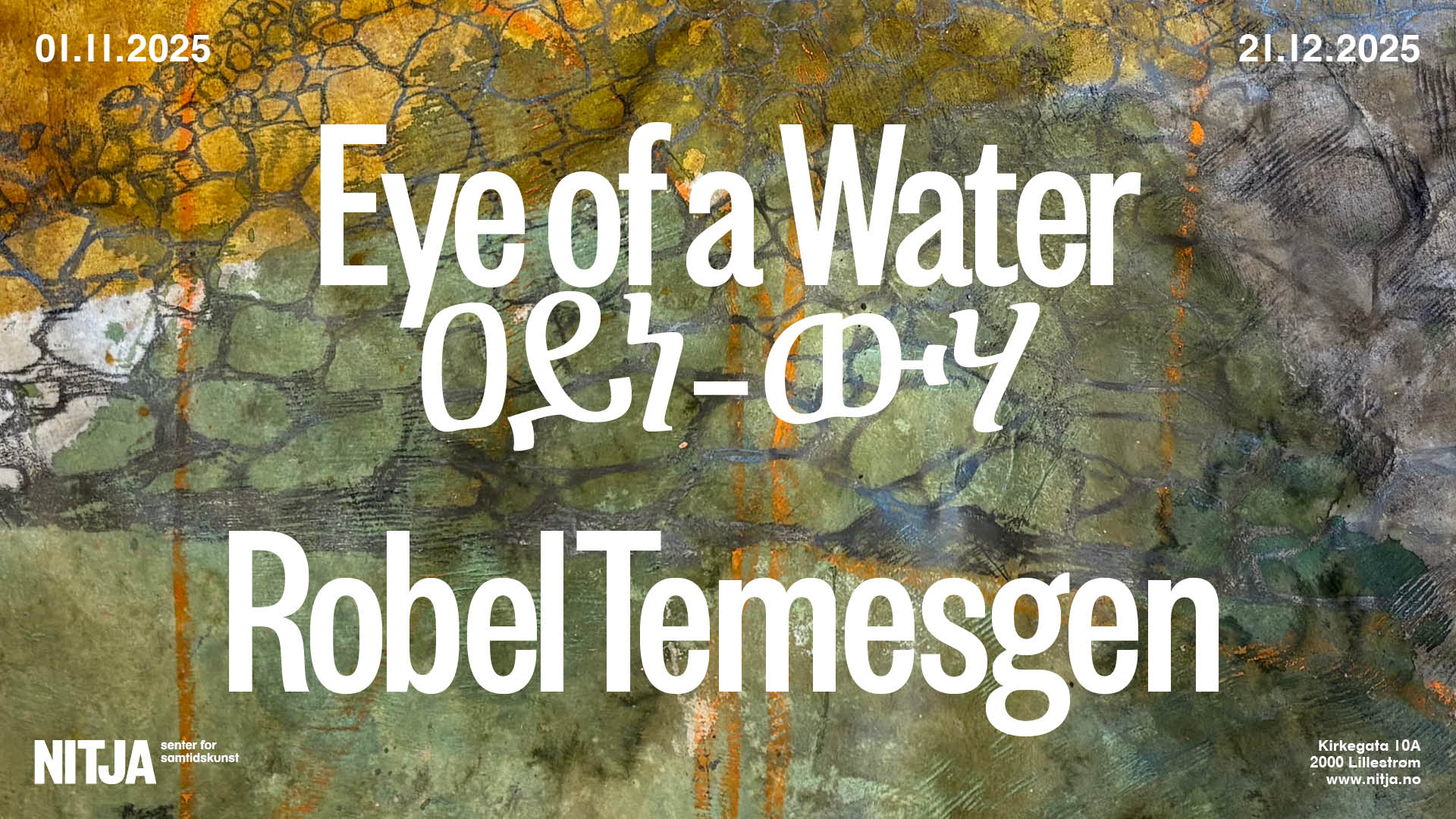


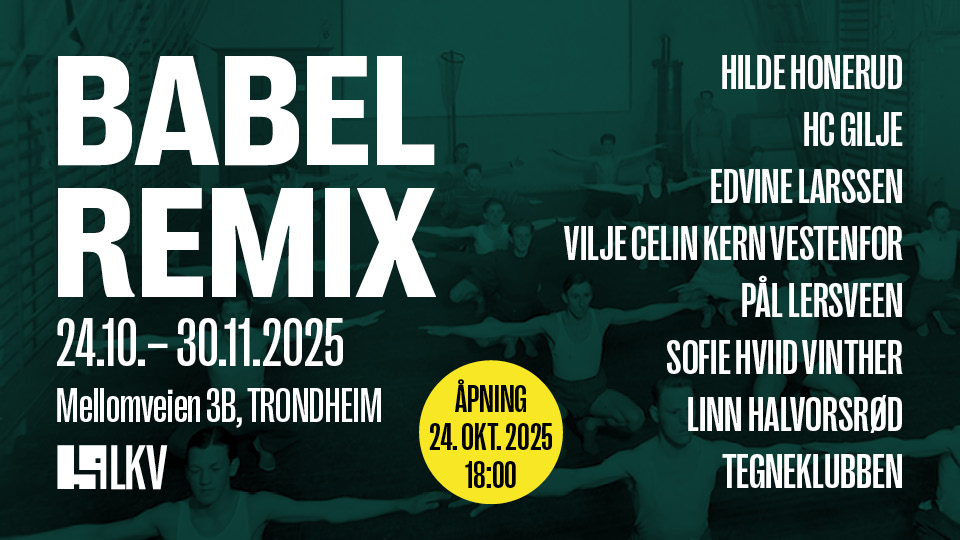
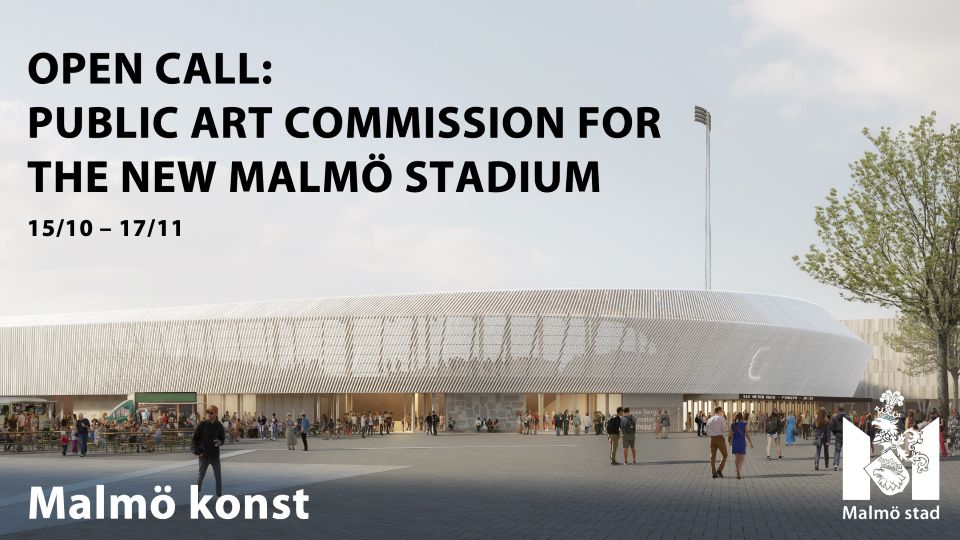
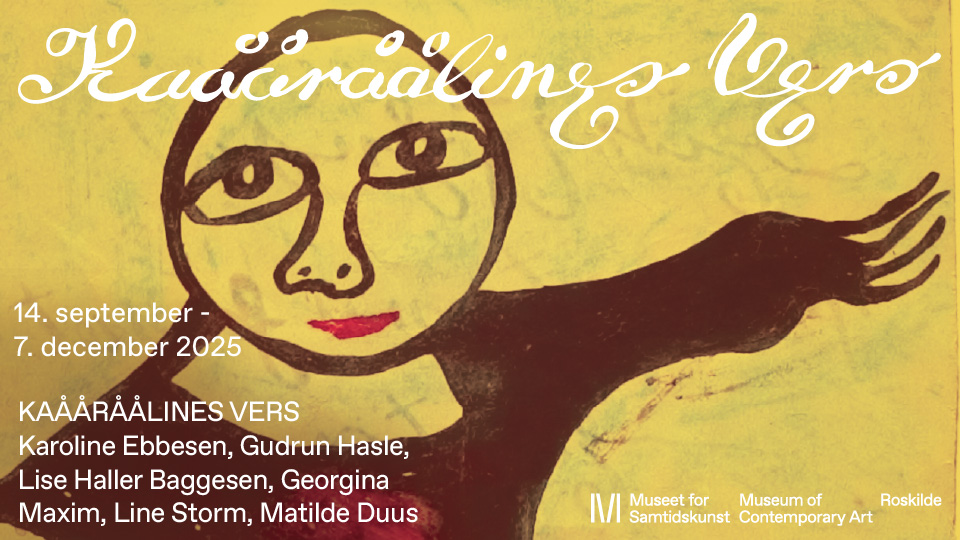
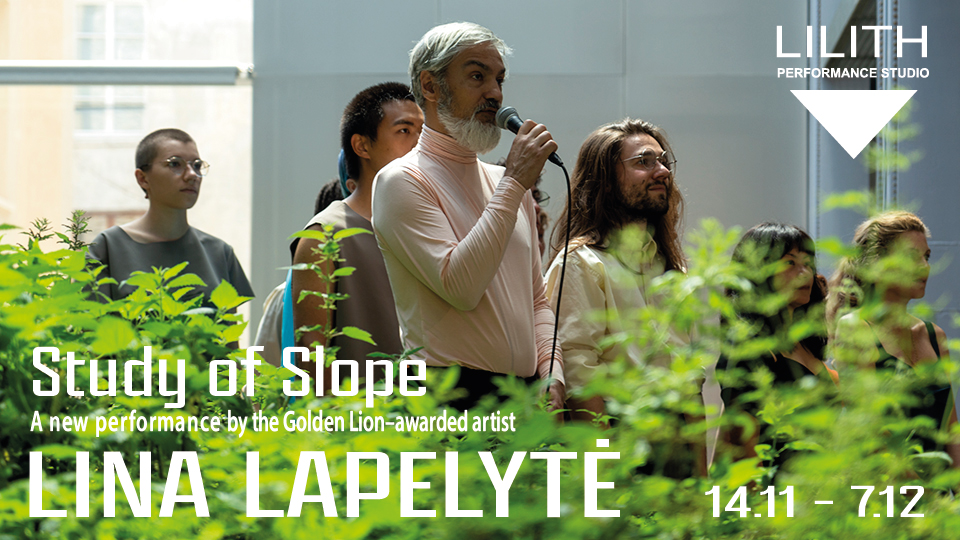
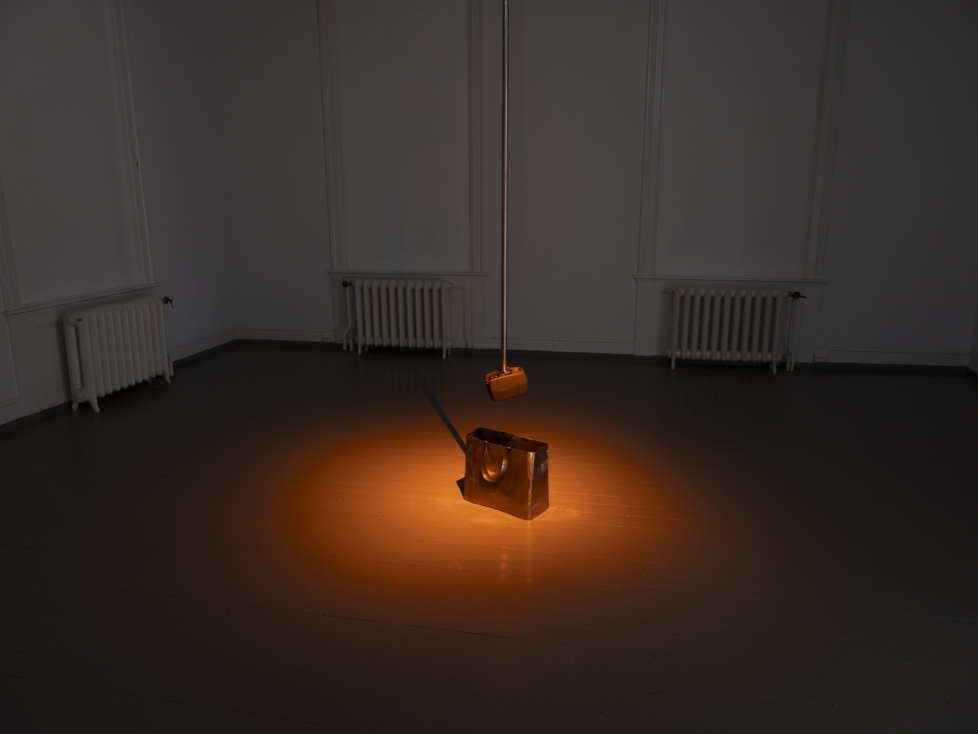
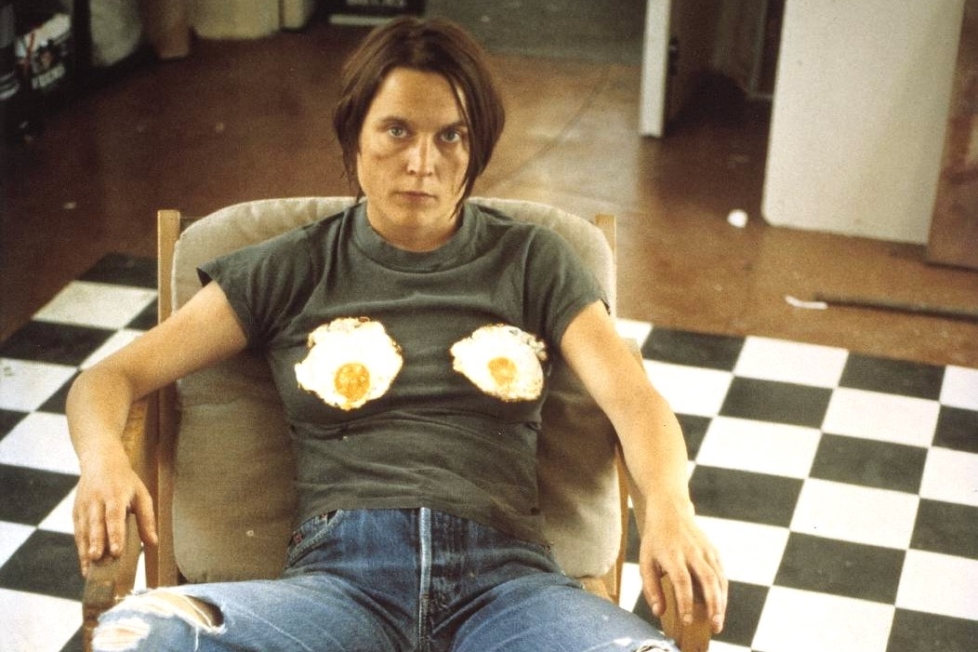

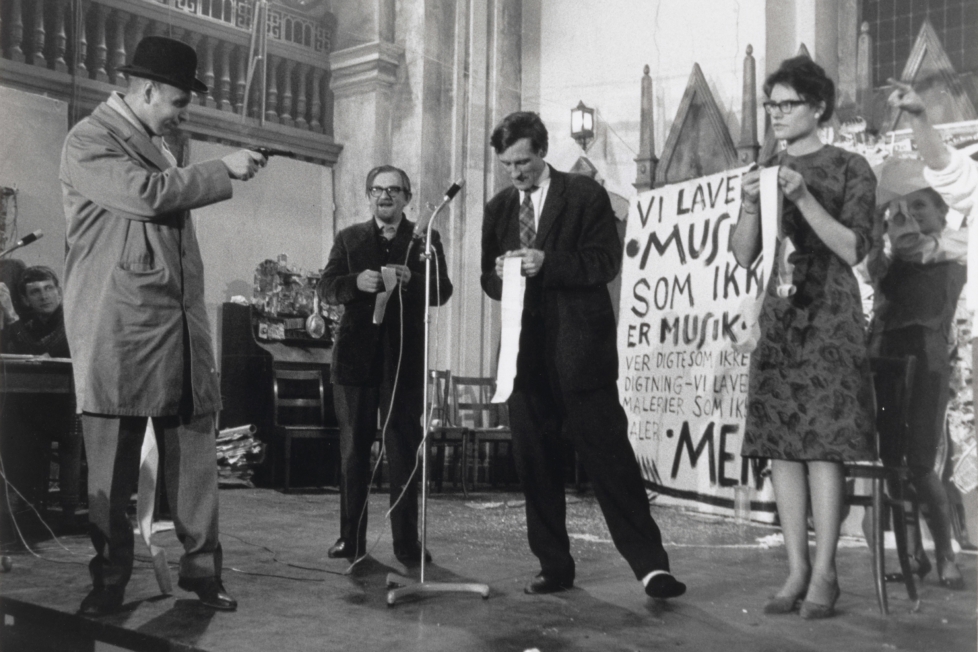
Bland det bästa jag läst om konstens situation sedan länge. David Risley beskriver som det är.